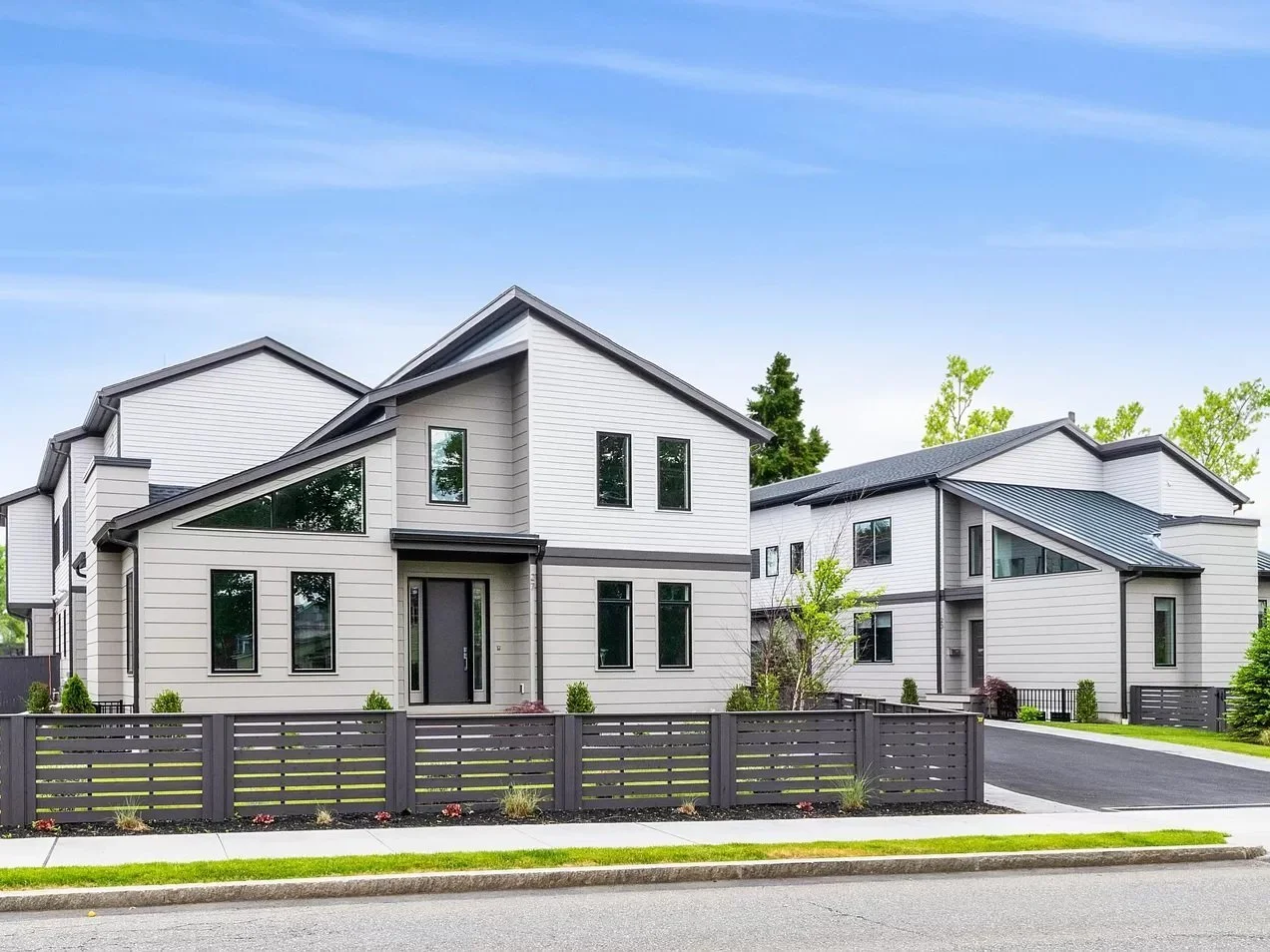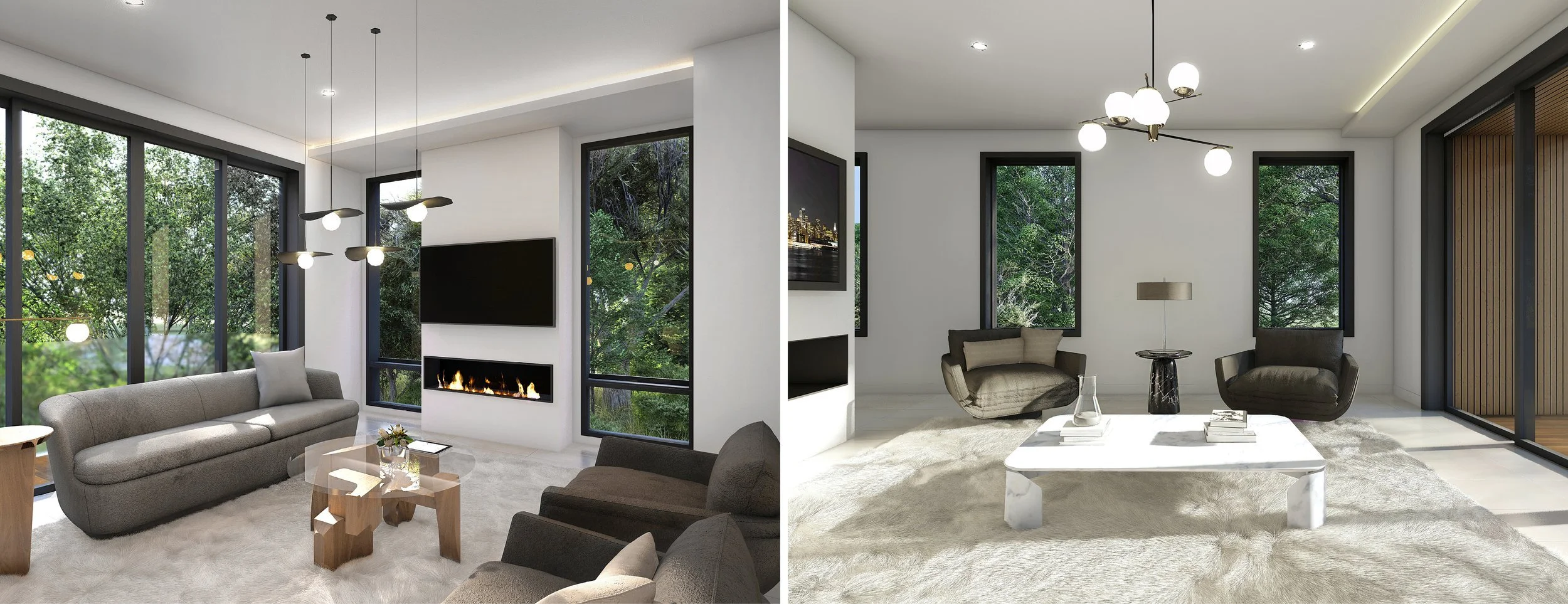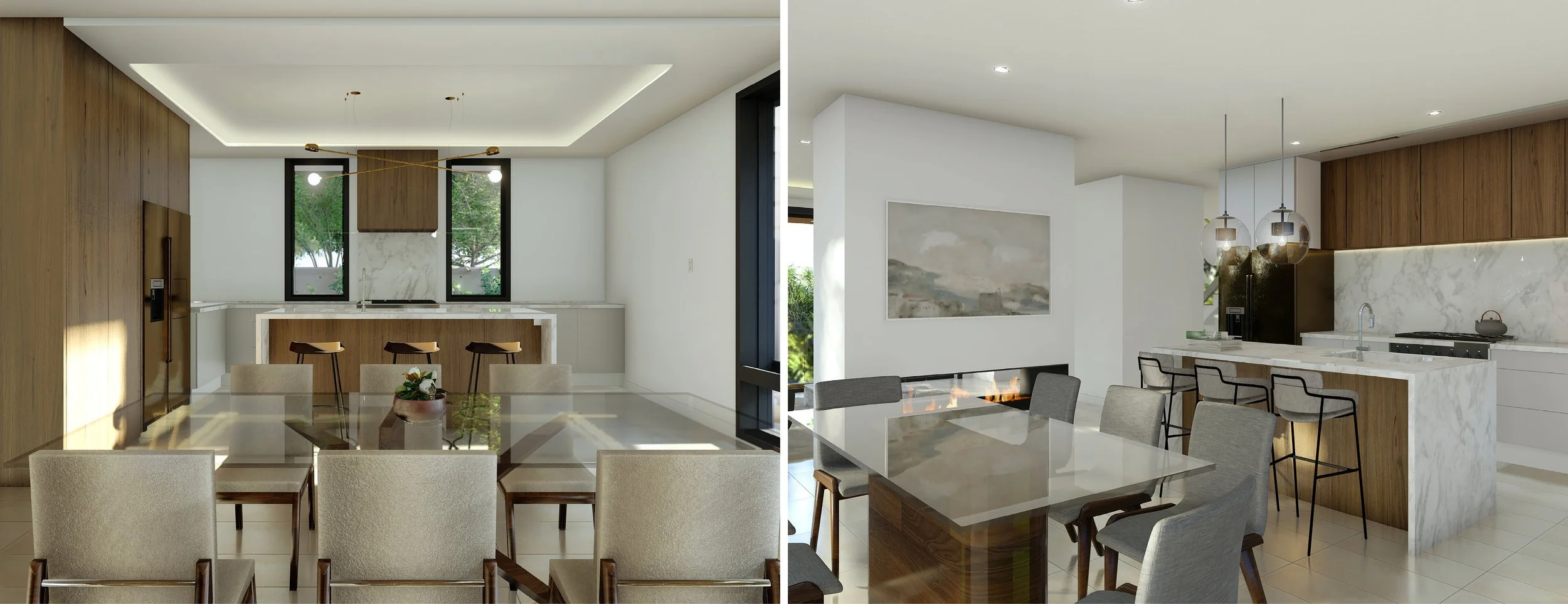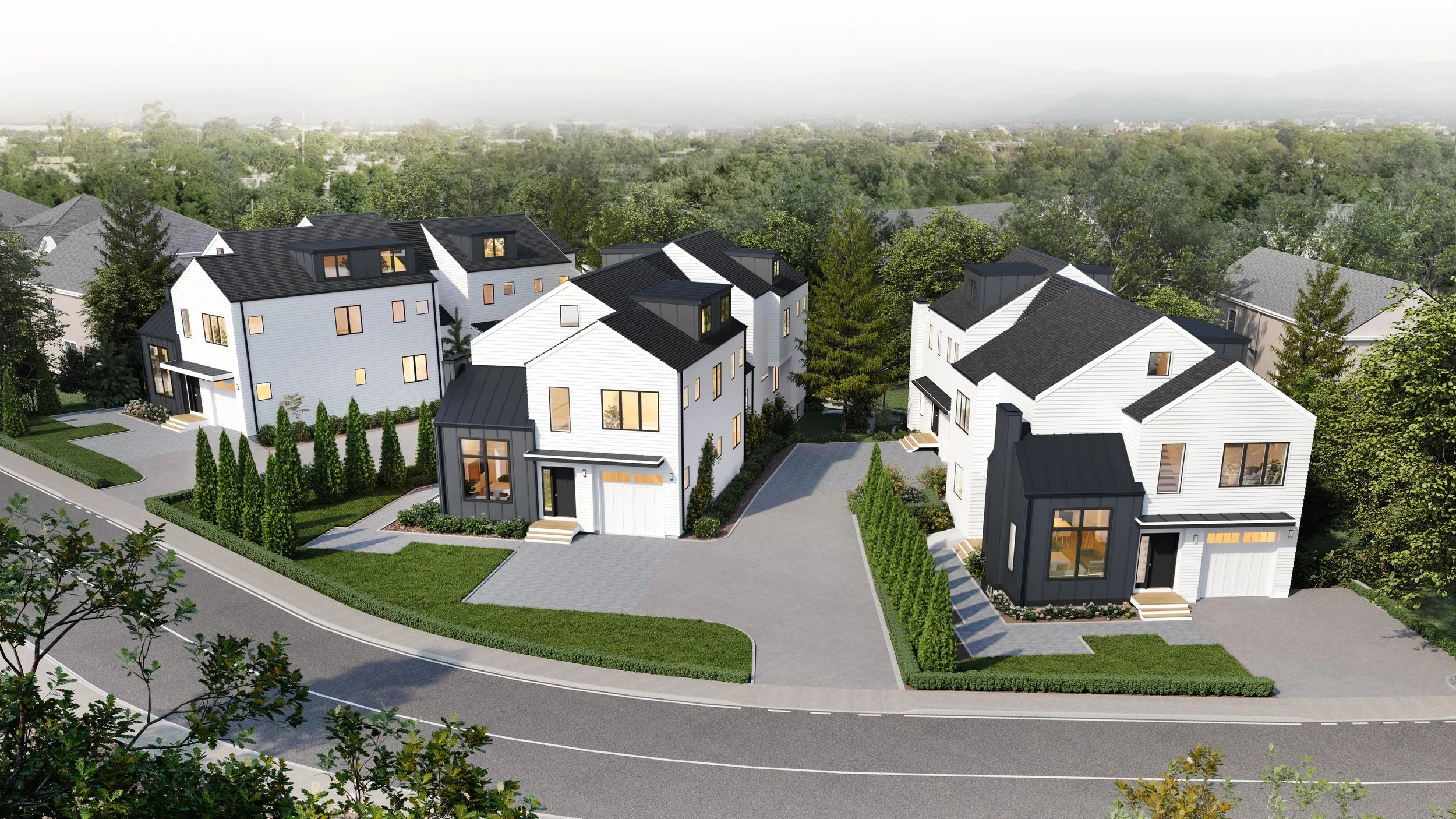Reimagining Multiunit Communities: A Modern New England Approach
What comes to mind when you think of large-scale multiunit and multifamily communities?
It’s easy to picture towering structures that dominate skylines and alter the fabric of neighborhoods. What if the design of multiunit developments at all scales had an entirely different approach and instead preserved the character of a neighborhood or surrounding community? At MGD+, we address the need for more housing in MA with a boutique approach to high-end multiunit developments to maintain existing regional qualities and speak to the New England style.
Modern New England Design for Multiunit Homes
The traditional charm of New England architecture does not have to remain confined to single-family homes or quaint neighborhoods. A multiunit development can adhere to a contemporary New England style, embrace density, and be constructed with modern standards. By reinterpreting traditional elements such as steep rooflines, gabled roofs, garrison overhangs, and building symmetry (or asymmetry), we can create multiunit developments with a transitional influence while resonating with the region's traditional design language.
Boutique Density: Redefining the Multiunit Scale
Pivoting away from the large, monolithic buildings that have become so commonplace is the creation of smaller-scale buildings focused on accommodating up to 50 units. This approach allows for multiunit developments that seamlessly integrate into existing communities, maintaining the essence of the surrounding area. Developments can prioritize privacy, elegance, and a sense of community by emphasizing boutique density. A smaller-scale approach can better preserve the character of existing neighborhoods while still meeting the demand for housing in dense urban areas.
Transitional New England: Bridging the Gap
While efficient and cost-effective, traditional modular construction can often feel out of place in established neighborhoods. Our approach seeks to bridge this gap by modernizing conventional design elements within a transitional framework. By blending traditional and modern design language with contemporary construction methods, we can create high-end multiunit communities that feel familiar and forward yet are replicable as needed.
Responding to New Residential Conversion Opportunities
Governor Healey recently launched the Commercial Conversion Initiative in response to the demand for more housing in MA. This initiative aims to make it easier and more affordable for developers to create new homes within existing commercial buildings in urban areas by identifying good potential building candidates for conversion, conducting floor plans and feasibility analyses, and lowering regulatory barriers to projects (i.e., zoning rules). The incentive to convert office spaces into residential units in otherwise fully developed urban areas presents many potential opportunities for design innovation. By repurposing existing structures and embracing modern New England design principles, we can foster vibrant new residential communities that complement their surroundings and help fill the housing void.
As residential designers, we have an influence over how people live and interact with their environments. By reimagining multiunit homes in MA with a New England ethos in the modern era, we can create spaces that not only meet the needs of residents but also enrich the fabric of our communities. Around Greater Boston, we are committed to designing innovative multiunit developments that reflect the enduring character of New England architecture.





